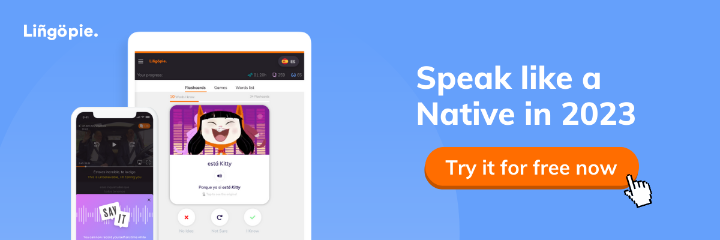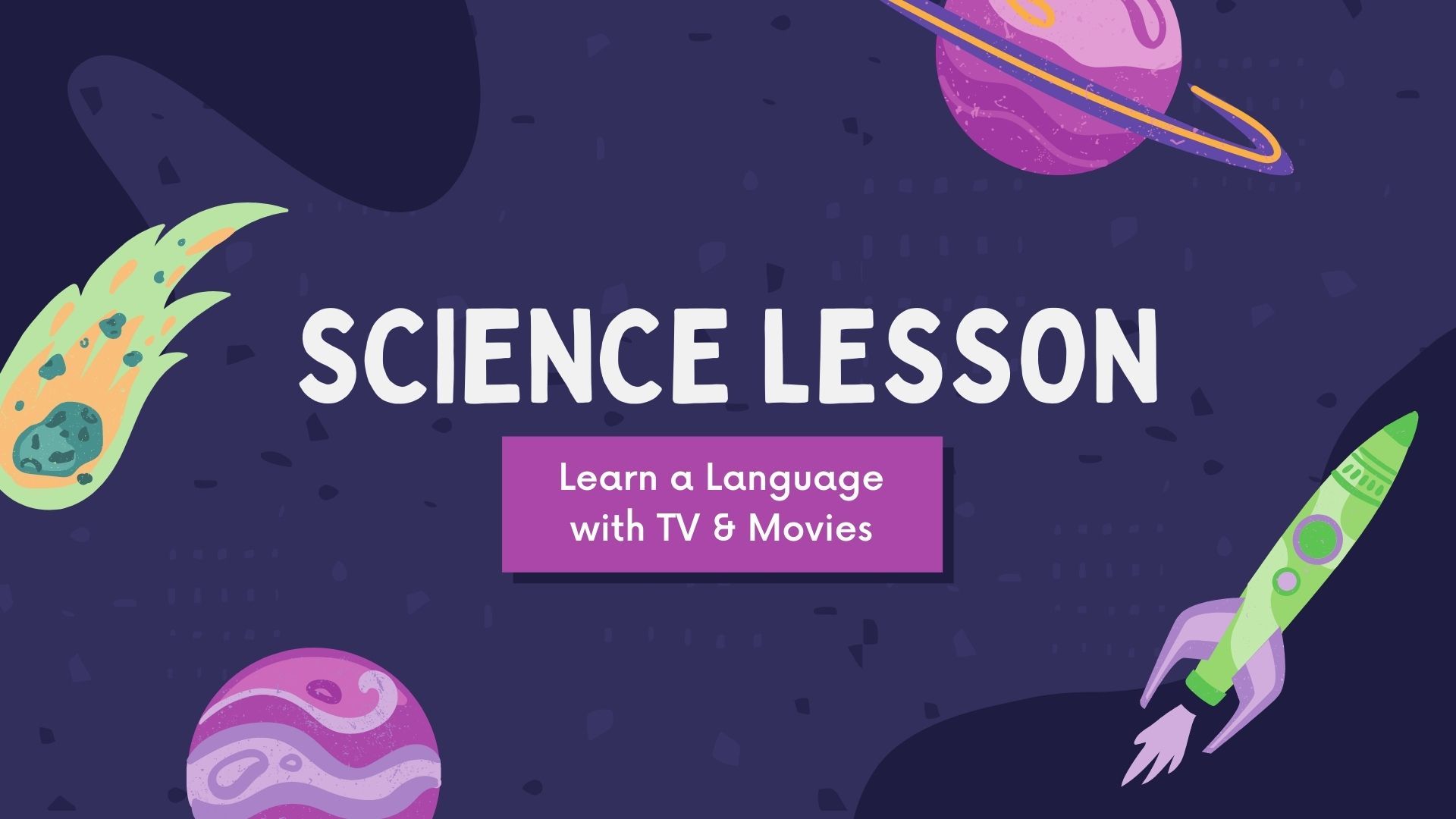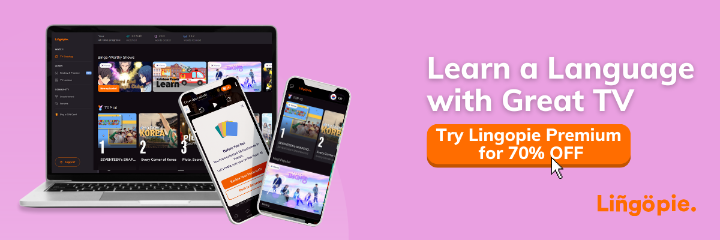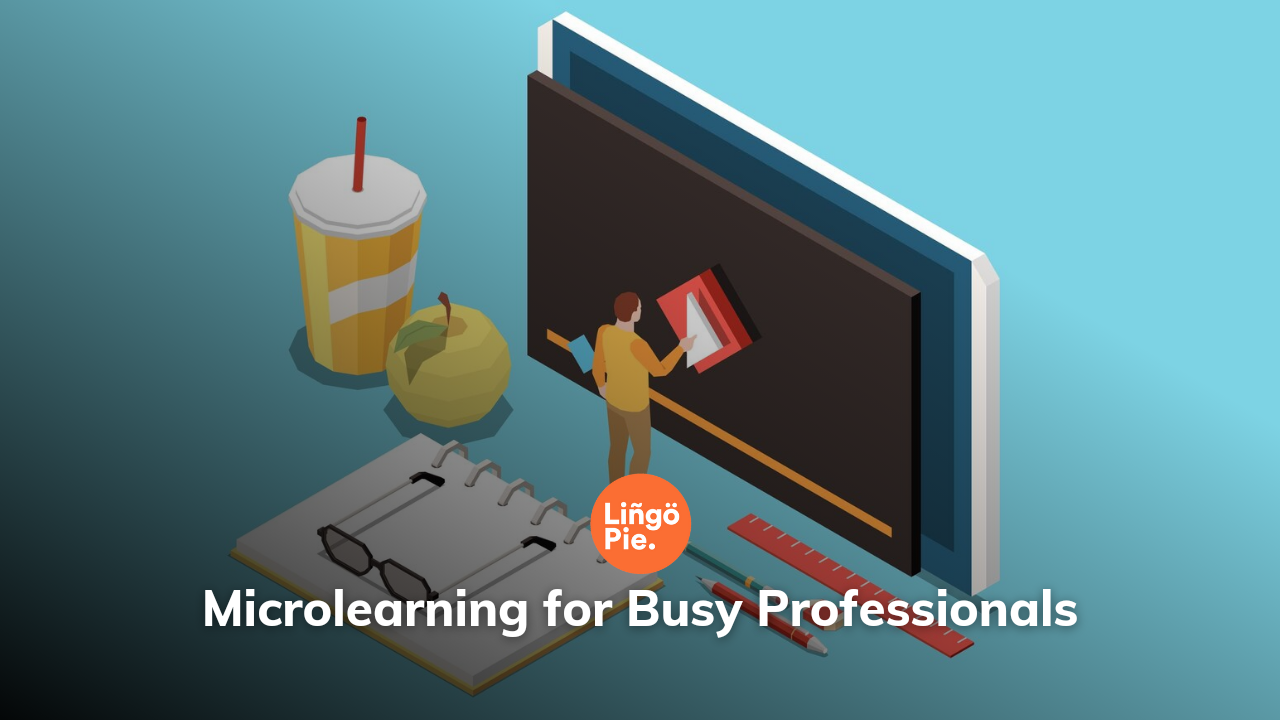In today's fast-paced world, busy professionals often find it challenging to allocate dedicated time for language learning and personal development. This is where microlearning for busy professionals comes into play.
Microlearning refers to delivering bite-sized, focused learning content that enables learners to acquire new language skills in short, digestible pieces. Specifically tailored for individuals with limited time, microlearning offers a flexible and convenient approach to language learning.
We will explain in more detail what microlearning is and how videos are great tools for microlearning. Moreover, we will explore some microlearning best practices and the benefits of this learning approach for busy professionals who want to learn a language.

Table of Contents
- What is Microlearning?
- Microlearning Videos
- Language Learning with Videos
- Language Learning with Movies and TV Shows
- Microlearning Best Practices
- Benefits of Microlearning for Busy Professionals
- FAQs About Microlearning
What is Microlearning?

Microlearning is an innovative approach to language learning that involves the delivery of small, self-contained micro lessons. These lessons are designed to be brief, focused, and easily consumable, typically lasting a few minutes each.
Micro-language lessons allow professionals to engage with content in short bursts, making it easier to fit learning into their busy schedules. The bite-sized nature of lessons in microlearning courses enhances knowledge retention by focusing on specific concepts and preventing cognitive overload.
Microlearning gives learners control over their learning experience, allowing them to process information at their own pace and revisit concepts whenever necessary. This flexibility empowers professionals to tailor their learning journey to their specific needs.
Some language learning sites such as Lingopie encourage this sort of learning. Lingopie boasts a range of awesome TV shows and movies in 8 popular languages for language learners, making it a great microlearning tool.
You can begin your microlearning experience today by downloading Lingopie and watching just a few minutes of great TV in your target language. The idea is that as a learner, you can easily consume high-quality content when it is convenient in your busy schedule.
Microlearning Videos
Microlearning videos have emerged as a powerful tool for delivering engaging and focused content to busy professionals. By condensing information into short, targeted videos, microlearning captures learners' attention and maximizes their learning experience.
The advantage of short videos lies in their ability to present information in quick bites, making it easier for learners to consume and retain new language. Busy professionals can watch microlearning content during short breaks or while commuting, utilizing even a few minutes to enhance their language skills.
Micro-learning videos have revolutionized language skill development. A microlearning video may focus on teaching specific vocabulary or demonstrating proper pronunciation. Learners can absorb these language lessons in small, easily digestible portions, reinforcing their understanding over time. This approach ensures consistent progress without overwhelming the learner with extensive content in one go.
The ubiquity of mobile technology has further amplified the accessibility of microlearning videos. With smartphones and tablets, learners can access microlearning videos anytime, anywhere, seamlessly integrating language learning into their everyday lives.
Whether it's through language learning apps, online streaming platforms, or a microlearning course, professionals have the flexibility to engage with microlearning videos at their convenience, enhancing their language skills on the go.
Language Learning with Videos

Videos are exceptional tools for language learning. They combine visual and auditory elements, enabling learners to engage with the language in a more immersive and authentic way.
Through videos, learners can observe facial expressions, body language, and context, which enhances comprehension and cultural understanding. Moreover, videos often include native speakers, exposing learners to natural pronunciation and intonation.
The combination of visual and auditory cues in videos provides a comprehensive language learning experience that helps learners develop listening skills, expand vocabulary, and improve overall language proficiency.
Language Learning with Movies and TV Shows
Movies and TV shows serve as excellent tools for language learning due to their immersive and engaging nature. They offer authentic language usage, cultural context, and real-life scenarios, making language learning more enjoyable and practical.
By watching movies and TV shows in the target language, learners can enhance their listening comprehension, vocabulary, and pronunciation skills. Additionally, exposure to different accents and dialects helps develop a well-rounded understanding of the language.
With subtitles or transcripts available on Lingopie or on Netflix via the Lingopie extension, learners can follow along and improve their reading skills simultaneously. Incorporating movies and TV shows into language learning adds a dynamic and entertaining dimension to the process.
Related:



Microlearning Best Practices
There are a range of best practices when it comes to microlearning.
It is important to break down complex topics into digestible pieces and limit the time you spend learning new information. Whether you are learning a language from a microlearning course, a book, an app, or a TV show or movie, this approach ensures that you do not feel overwhelmed and can absorb the material effectively.
Incorporating features like quizzes, flashcards, and gamification can be motivating as it introduces elements of challenge, competition, and rewards. These interactive components provide opportunities for active learning, reinforcing key concepts and improving information recall.
Social media platforms and peer-to-peer interactions can enhance the microlearning experience. Integrating social media features into microlearning allows you to connect, collaborate, and discuss the content with your peers.
By following these best practices, microlearning experiences can be optimized for maximum learner engagement, knowledge retention, and overall effectiveness.
Benefits of Microlearning for Busy Professionals
Microlearning offers several benefits that align perfectly with the busy schedules of professionals.
Flexibility

Unlike traditional learning methods that require lengthy time commitments, microlearning allows professionals to engage with language learning content in short, focused bursts.
This flexibility enables them to fit learning seamlessly into their daily routines, making it more feasible to acquire new skills and knowledge without disrupting their workflow.
Time-Saving

Microlearning saves time by delivering targeted and relevant language-learning information, allowing learners to learn on the go.
Rather than sifting through extensive course materials, you can access specific lessons or materials that directly address your learning needs, such as vocabulary flash cards or movies dealing with relevant themes for your language learning journey.
This targeted approach ensures that you receive the necessary information efficiently, maximizing your learning outcomes in a shorter timeframe.
Knowledge Retention

Furthermore, microlearning has been shown to improve knowledge retention and application, resulting in more effective language skill development.
Nobody has an unlimited attention span, and sometimes new knowledge is best absorbed when it is delivered in short, concise microlearning units.
Higher Completion Rates
Language learners are more likely to complete microlearning courses compared to traditional eLearning courses due to their shorter and more engaging format. This prevents learners from feeling like they have plateaued in their learning and keeps them driven.
Microlearning requires fewer resources and relies on fewer instructors, meaning microlearning content tends to be much cheaper. This is a big incentive for language learners to sign up for and complete the course.
By embracing microlearning, busy professionals can reap the benefits of efficient, targeted, and adaptable learning that accommodates demanding schedules.
FAQs About Microlearning
Let's look at some of the most frequently asked questions about microlearning, with a focus on language acquisition.
What is the best use of microlearning?
One of the best uses of microlearning is language learning, especially for busy individuals. On top of that, bite-sized training techniques are often used for employee onboarding. Microlearning modules can be easily updated or created to align with evolving objectives, ensuring that professionals receive the most relevant and up-to-date information.
How long should a language lesson be?
The length of language lessons varies in general from ten minutes to an hour or more. The ideal length for a language lesson in microlearning is typically a few minutes, focusing on a specific topic or language skill. Shorter lessons ensure better engagement and retention, allowing learners to fit language learning into their busy schedules.
Can you still get in-person training through a microlearning course?
While microlearning primarily emphasizes self-paced and online learning, in-person training can be integrated into a microlearning course for certain aspects that require direct interaction or practice, such as speaking skills. However, the core content of microlearning is designed to be accessible anytime, anywhere through digital platforms.
What are some microlearning examples?
Microlearning examples include short videos teaching vocabulary or pronunciation, interactive quizzes or flashcards for reinforcement, mobile apps for language exercises, and gamified language learning platforms.
Moreover, short clips of podcasts, TV shows, and movies can be considered microlearning tools. These microlearning examples demonstrate the versatility of microlearning in delivering focused and engaging language lessons in bite-sized formats.

Summing Up: Microlearning for Busy Professionals: Bite-sized Language Lessons for On-the-Go Learning
Microlearning has emerged as a game-changer for busy professionals seeking efficient and flexible language learning opportunities.
By delivering bite-sized, focused content through videos, interactive elements, and accessible platforms, microlearning addresses the challenges of traditional learning environments. It is a flexible and time-saving method for learning a new language.
Short bursts of information and language practice allow learners to retain new information and language rules. With improved completion rates, microlearning courses are powerful tools for language learning.
You can also use Lingopie, the streaming platform for language learners, to gain short clips of high-quality foreign-language content for learning purposes. However you choose to proceed, remember that microlearnig has revolutionized language learning.







![4 Hacks to Learn English With Movies [2025 Guide]](/blog/content/images/size/w300/2023/10/88AAD01A-8BF3-4648-82CC-639C1B240C28.png)
![Language Difficulty Ranking For English Speakers [2025]](/blog/content/images/size/w300/2025/05/Language-Difficulty-Ranking----For-English-Speakers.png)
![Language Learning with Netflix [2025 Guide]](/blog/content/images/size/w300/2023/05/Netflix-AD.jpg)
